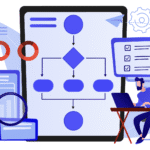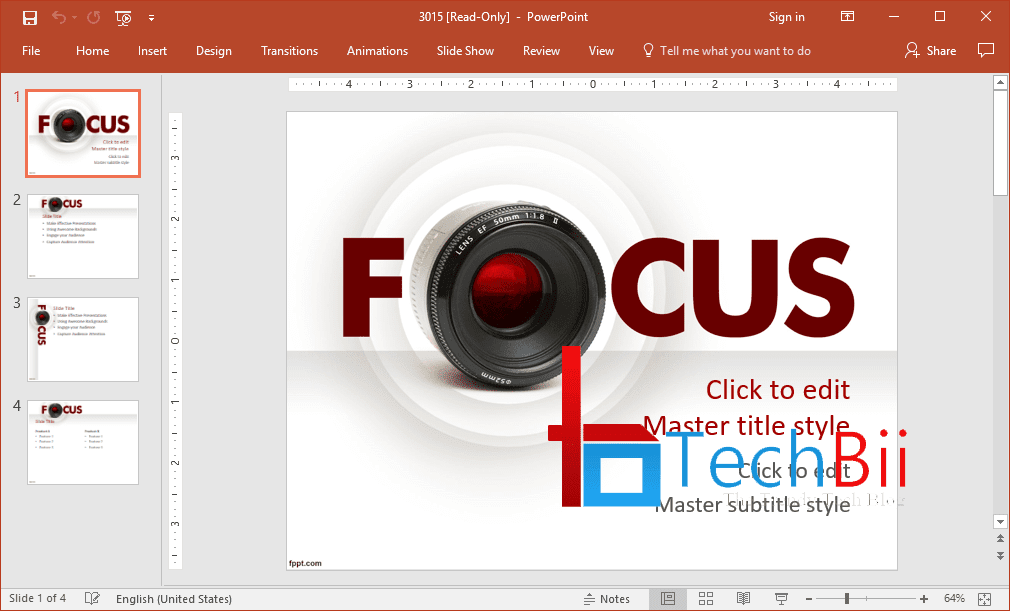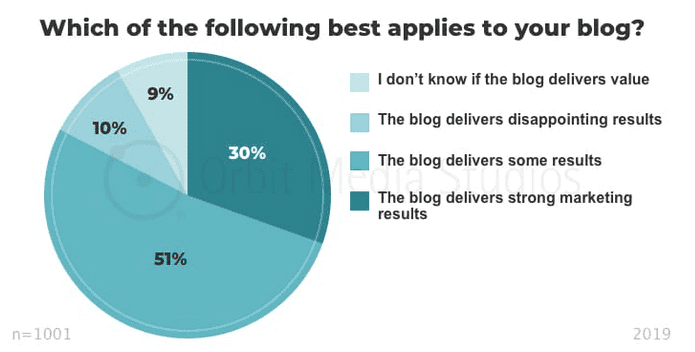In today’s digital age, the internet has become a vast and diverse platform where people from different countries, cultures, and languages interact. As businesses expand globally, one thing has become clear: Multilingual content isn’t just a luxury anymore; it’s a necessity. However, creating content in multiple languages is only the first step. To truly leverage its potential, you must understand how to optimize your multilingual content for SEO and traffic.
In this article, we’ll delve deep into how to effectively optimize multilingual content to enhance SEO and drive more organic traffic to your site.

Why Multilingual Content Matters for SEO
Before diving into the optimization techniques, it’s essential to understand why multilingual content is so crucial for SEO. Here are a few reasons:
- Global Reach: The most obvious benefit is reaching a broader audience. Having an English website primarily limits your reach to English-speaking regions. By offering your content in different languages, you can engage users in markets where English is not the primary language.
- Enhanced User Experience: People are more likely to engage with your website if the content speaks their language. A well-translated and localized website improves trust and user satisfaction, which in turn can help with SEO rankings.
- Boosts Organic Traffic: When your content is available in multiple languages, it’s easier to rank for keywords specific to different languages and regions. This can significantly increase your chances of ranking in search results across various markets.
- Competitor Advantage: Offering multilingual content gives you a competitive edge. While many businesses are still focused on their native languages, your multilingual strategy can help you capture the attention of untapped audiences.
Challenges of Multilingual SEO
While the benefits are clear, there are also unique challenges when it comes to optimizing multilingual content for SEO. Some of these include:
- Translation Accuracy: Machine translations (like Google Translate) often result in errors that can confuse users and search engines alike.
- Localization vs Translation: Localization is more than just translation—it involves adapting your content to fit cultural norms, preferences, and local slang.
- Keyword Research: SEO keywords may not always directly translate from one language to another, so you need to conduct keyword research in each target language.
Practical steps for optimizing multilingual content for SEO and traffic.
1. Use Hreflang Tags for Language and Region Targeting
One of the most important elements of multilingual SEO is the use of hreflang tags. These HTML tags tell search engines which language or regional version of your content to show users. This is especially important when you have similar content in multiple languages, as search engines need to know which version to display to users based on their location or language preference.
For example, if you have an English version of a page for users in the US and a Spanish version for users in Mexico, you’d use hreflang tags to indicate the specific region and language.
Here’s how a typical hreflang tag looks:

Properly implementing hreflang tags ensures that your site serves the correct content to the right audience, reducing bounce rates and improving user engagement.
2. Localized Keyword Research
Keyword research is the foundation of any SEO strategy, but when dealing with multiple languages, it’s essential to adapt your approach. Keywords don’t always translate directly, and search intent can vary across regions.
For example, the keyword “buy shoes online” in English may translate to “acheter des chaussures en ligne” in French, but users in French-speaking countries may search for something entirely different, like “acheter des sneakers”. To avoid missing out on potential traffic, you’ll need to perform keyword research in each language and adapt your content accordingly.
Tools like Google Keyword Planner, Ahrefs, and SEMrush allow you to conduct keyword research across different languages and regions, ensuring that your content targets the right terms.
3. Focus on High-Quality, Human-Like Translations
While machine translations may save time and effort, they often fail to capture the nuances of language and culture. This can lead to poor user experiences and negatively affect your SEO.
To avoid this, always prioritize human translation or professional services that specialize in multilingual content. A human translator will ensure that the content sounds natural, conveys the intended message, and aligns with local idioms and expressions. This is especially important for retaining the tone and quality of your content, which can impact user engagement and time spent on the page—both of which are important SEO factors.
4. Ensure URL Structure is Optimized for Multilingual Content
When it comes to multilingual SEO, URL structure plays a critical role in ensuring search engines can easily index your pages. There are three common URL structures to consider:
- Subdomains: (e.g., es.example.com, fr.example.com)
- Subdirectories: (e.g., example.com/es/, example.com/fr/)
- Country-Code Top-Level Domains (ccTLDs): (e.g., example.es, example.fr)
Each structure has its pros and cons. For instance, using subdirectories tends to be the most cost-effective and easiest to manage from an SEO perspective, while ccTLDs can help establish strong local relevance. Subdomains can be effective but may require more maintenance and SEO effort.
Ensure that each language or region-specific page has a unique URL and follows a consistent naming convention.
5. Implement Localized Content and Cultural Relevance
Localization is an essential aspect of multilingual SEO that goes beyond simple translation. You must adapt your content to suit the local culture, preferences, and behavior of your target audience.
Consider the following factors when localizing content:
- Cultural Preferences: Make sure the content aligns with cultural norms and values. What works in one region may not work in another.
- Local Imagery and Examples: Use images, symbols, and references that resonate with the local audience. For instance, an ad featuring snow may be suitable for the Scandinavian market but not for a tropical region.
- Local Currency and Units: If your website includes e-commerce or pricing information, ensure that currency, measurements, and dates are relevant to the region.
When developing a multilingual website, ensuring seamless integration with backend systems is essential for making these localized changes efficient, especially in complex environments. This can often require specialized expertise, such as in cloud computing or a solid web development framework, to ensure everything runs smoothly across regions.
Localizing your content not only improves the user experience but also helps with SEO. Google values content that provides relevant, localized information to users, improving your chances of ranking higher in local search results.
6. Optimize Metadata and Tags for Multilingual Pages
Just as you would optimize title tags, meta descriptions, and header tags for your primary language, it’s essential to do the same for your multilingual pages. Ensure that each language version of your page has optimized metadata that includes relevant keywords in the target language.
For example:
- Title Tag: Ensure it is specific to the language and includes the right keywords.
- Meta Description: Make it compelling and relevant to the language and culture of your target audience.
- Image Alt Text: Don’t forget to translate image alt text to match the language of the content.
Search engines use metadata to understand the context of your pages, so getting this right is crucial for multilingual SEO.
7. Mobile Optimization for Multilingual Websites
In many countries, mobile devices are the primary means of accessing the internet. This is particularly important for multilingual sites, as people in different regions may have varying mobile usage habits.
Ensure that your multilingual website is fully responsive and provides a smooth mobile experience across all languages. Google’s mobile-first indexing means that the mobile version of your site is what will be crawled and ranked, so it’s crucial to optimize for mobile usability in every language.
8. Monitor Performance Using Google Search Console
Once your multilingual content is live, it’s essential to track how each language version is performing. Google Search Console provides valuable insights into how your multilingual pages are ranking in different regions and languages.
Keep an eye on key metrics such as:
- Click-Through Rates (CTR)
- Impressions
- Search Queries
- Indexed Pages
By monitoring these metrics, you can identify which language versions are performing well and which may need further optimization.
Conclusion
Optimizing multilingual content for SEO and traffic is an ongoing process, but it’s an investment that can yield substantial returns. By following these best practices—implementing hreflang tags, conducting localized keyword research, prioritizing quality translations, and ensuring mobile optimization—you can make your multilingual content more discoverable, relevant, and engaging for audiences across the globe.
Remember, the goal is not just to reach people in different languages, but to connect with them in meaningful ways that encourage long-term traffic and business growth.








